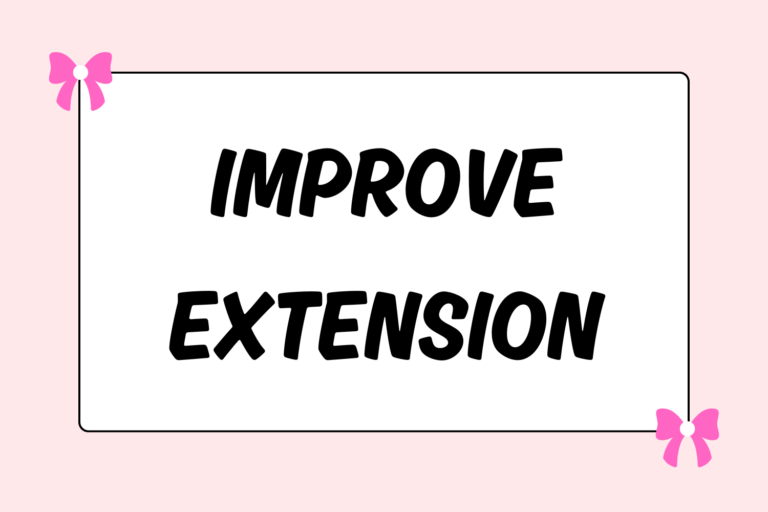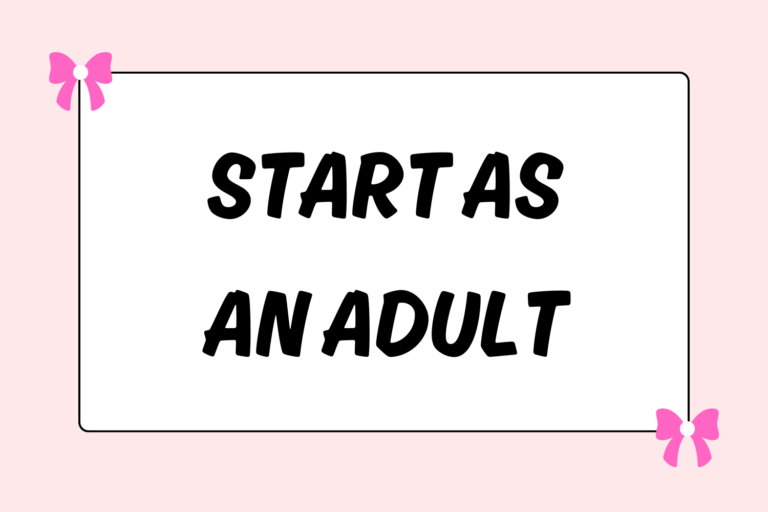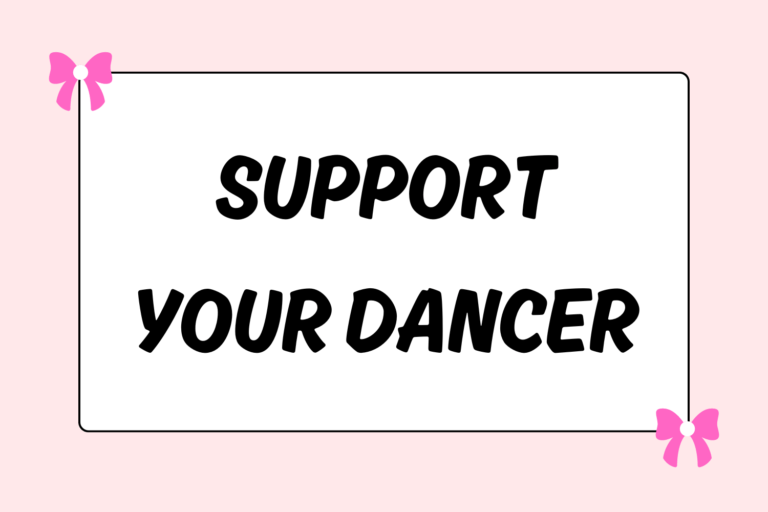Nowadays, it seems like everyone has access to some form of home recording equipment. While the technology has a vast array of uses, video recordings can be a helpful tool for dancers in particular. Filming yourself can reveal your mistakes more clearly, and then help you correct them. Before you get out the tripod and start pirouetting, check out these tips to making the most of technology for your dancing.
Find the Right Environment
It’s not easy to find sufficient space to dance and record yourself at home. Make sure you find something that works. If you’re dancing in a restrictive space, you won’t use your best technique. If you’re not using your best technique, the recording will show mistakes you may not be making in class or on stage.
If you’re fortunate enough to have a space set aside in your house to practice, use it to film. If not, try and find a space that is big and open, has hardwood flooring, and is free of clutter. This way you’ll get to focus on dancing safely.
Find a Focus
When you film yourself, it should be with a specific goal or question in mind. Examples are: Why do I always feel like I fall out of double pirouettes? Why aren’t my entrechat quatres going higher? How can I improve my grande ronde de jambe en l’air?
Unless your focus is on transitions or a specific combination, distill your dancing into one move. When you isolate the problem, it’s easier to find a solution. Also, this takes the pressure out of remembering a combination (or choreographing one on the spot).
Get a Friend or Tripod
The best way to film yourself is simple: Have someone else do it. Whether it’s your little brother, boyfriend, or mom, having someone else hold the camera will allow you to focus on dancing. Make sure to tell whoever’s filming what to look for. Have them shoot the whole body, avoid shaking, and make sure they understand the movements you’re about to do.
If you don’t have anyone around to film or would rather do it alone, consider investing in a tripod. A tripod will allow you to obtain steady and easily adjustable footage. Make sure to film a couple test reels to make sure you fit in the frame.
The one downside of a tripod over a person is that it won’t follow you if you travel, so for grande allegros you’ll either have to zoom out — way out — or settle for leaping out of the frame.
Hot Tip: Power-up
Make sure you have your power source ready to go before you start filming. Keep spare batteries nearby for point and shoot cameras, and make sure to plug in cell phones, laptops, or grounded cameras before you start.
Practice Makes Perfect
Once you get the camera set up, film as many takes of your movement as you can. If pirouettes are what you want to work on, film three, then stop the camera. Set it to record again, and do three more. Repeat this process until you’re ready to drop dead. This way you’ll ensure that you get a full view of your technique and tendencies.
Try not to delete any takes from your camera, even if you think they’re ridiculous. You may find that a take of you falling out of your pirouette reveals a mistake in your alignment that’s more exaggerated. Often times, the silliest looking mistakes are indicators of subtle problems that underlie your technique.
Take Note
Once you’ve finished filming, sit down and get ready to watch the footage. Try and view your excerpts in a calm environment free of distractions. You may have to wait longer, but you want to focus in on the footage without anything going on in the periphery.
As you watch yourself, take notes. Write down what you see in every take: Both what’s correct and what’s incorrect. Don’t attempt to figure everything out right away. Just write what you see. Processing and analyzing will come later, but for now just be honest about your observations.
Mental Edge: Stay Focused
Seeing yourself on film can be a terrifying and miserable experience — but only if you let it. Remember that cameras can make you look different than you actually do. Stay positive and don’t be distracted by how you look. Instead, just focus on your technique.
Study Up
After you’ve spent some time writing down what you see from your film, step back and take a break to give yourself a clear mind. Go back to your notes and reread your initial observations. What did you do right? What seemed to be a problem? Chances are that you’ll notice one or two problems that recur throughout your notes. This is your big tip on fixing up your technique.
Errors in technique are bad habits, and fixed only by constant awareness of them. Recognize the problems you repeat consistently — a raised right hip or turned in standing leg, for example — and write them down in bold letters.
Bring It to the Studio
After you’ve gotten down your main problems, don’t be afraid to talk to your teacher about it and show him/her your videos (if you feel comfortable doing so). You may be able to get advice and feedback about what you need to work on, and ways to improve. So get out there and keep trying, and film your progress along the way!





